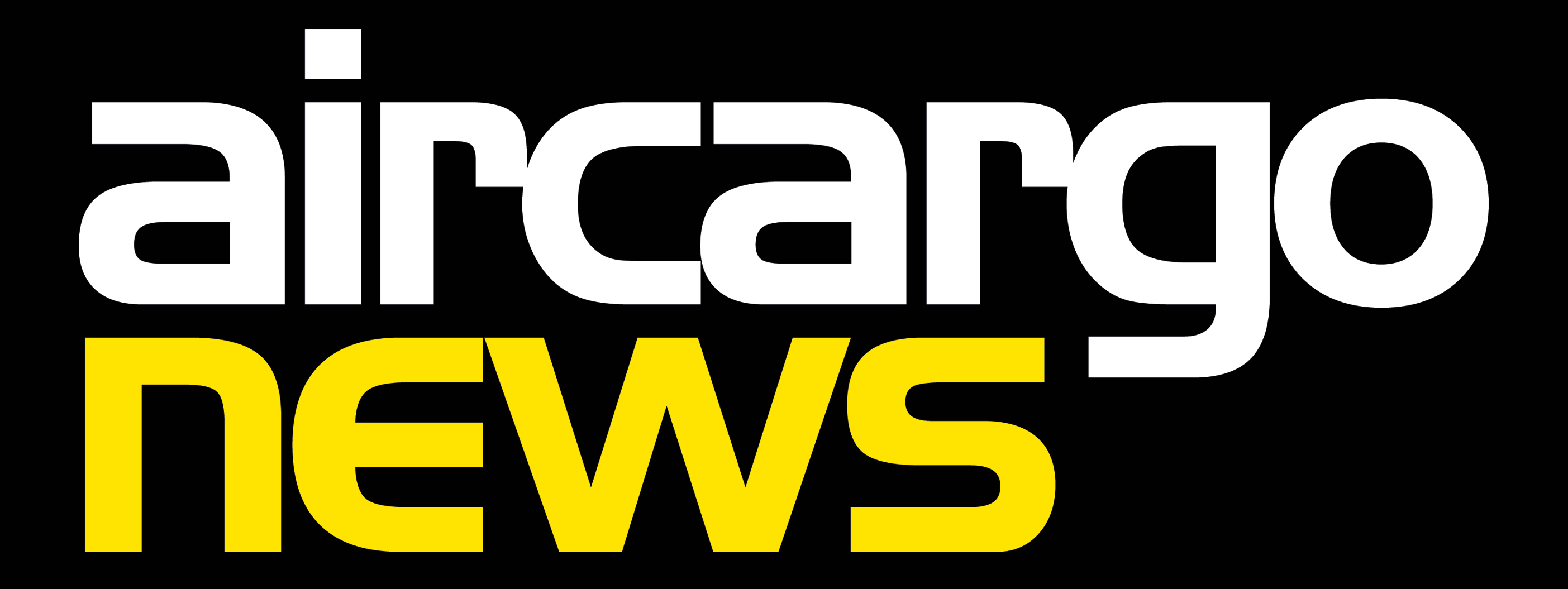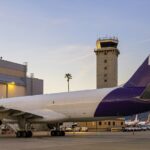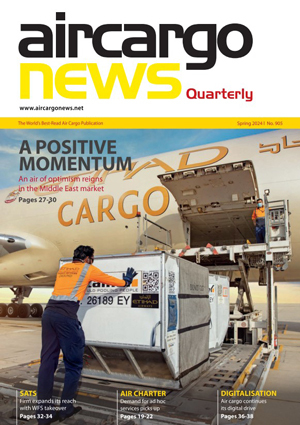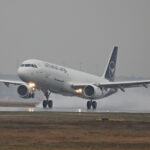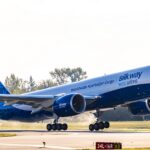American Airlines: New Network Possibilities
01 / 02 / 2017
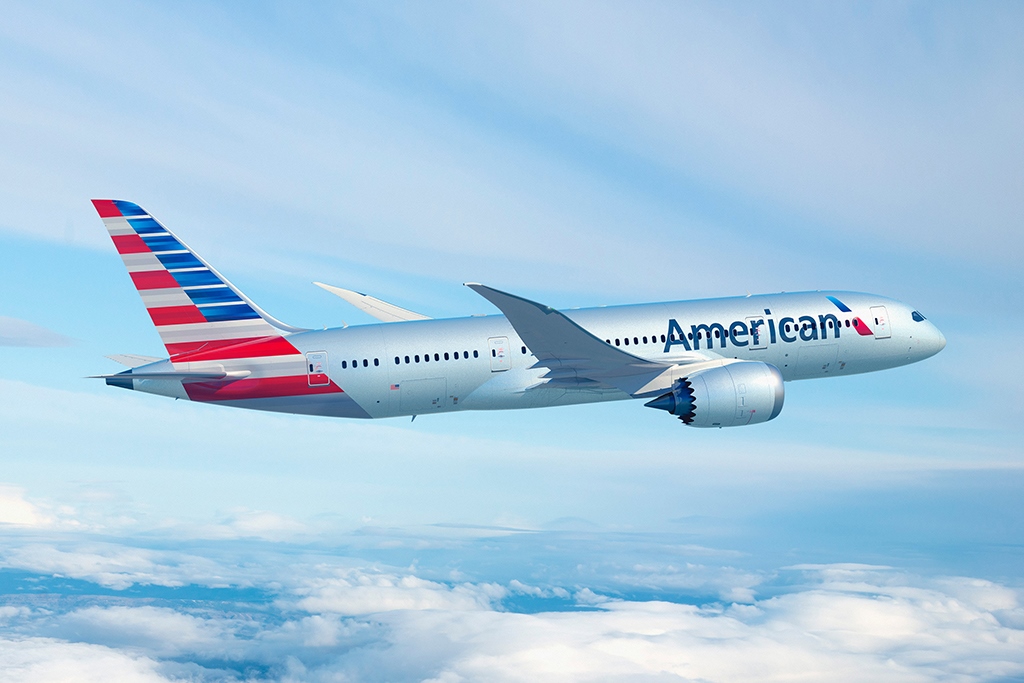
It’s been a tough period for the air cargo industry, so you would forgive an airline that has been adding one aircraft a week as part of its fleet expansion for wanting to see the back of 2016.
However, American Airlines Cargo president Jim Butler is looking on the positive side: “We have a large fleet expansion that we are excited about as it is allowing us to fly to new locations and it is allowing us to fill out with the right equipment on markets that were perhaps underserved in the past.”
Butler was speaking just after the airline had taken delivery of the first of 22 Boeing 787-9 aircraft and was about to start taking delivery of A350s.
These new aircraft are on the back of having just completed the addition of 20 B777-300s.
Network expansion
Butler says that the new aircraft have allowed American to add new flights to Sydney, Auckland, Hong Kong, Madrid and Paris. This year it will begin flying Dallas-Amsterdam.
“From a network perspective we are really growing out the network and we are seeing that our customers are loving some of the places we are going to,” says Butler.
He adds that cargo is growing in strategic importance within the overall airline group as the company expands its international operations.
“We have a leadership team, myself and all the way through to our chief executive, that see the value of cargo and really understand the contribution cargo can have to the overall performance of the airline.
“The other thing is, if you look at where our expansion is happening, there is no question we have the best US domestic network of any of the carriers, but internationally there are areas where we needed to focus and expand, so we are becoming an even stronger international carrier than we were before.
“You need only look at our expansion in Asia over the last few years to see how we are growing there.
“As we take on more capable aircraft and move to become a more international carrier than we have been in the past, cargo becomes that much more critical to the airline.”
In Europe, the company has also introduced new trucking services from France – it now offers routes from 12 locations in the country.
Butler explains that the company realised that it was faster to truck cargo from the south of France to Barcelona than to truck via Paris.
Trucking capacity has also been introduced from Paris and Lille to London Heathrow to make use of capacity out of the UK airport.
"We aren’t only a broader carrier, based on the number of destinations and flights we have to those destinations, but we are also then able to offer service into the secondary markets because of that [truck] capacity.”
Butler says the airline has also been investing in new systems for the cargo division. For example, the division has expanded its use of a customer relationship management tool for incident resolution and not just sales.
He says this has transformed the issue resolution process from one that was “quite manual” in the past to a streamlined setup that allows the airline to find issues before they happen and try to fix them.
End of year boost
The carrier has also launched a new tracking tool for customers, which allows them to see where in the air cargo supply chain process their cargo is.
“We had tracking in the past but we have made it a lot more accessible to our customers,” he says.
While the last couple of years have been tough for cargo carriers – other than the first part of 2015 when strike action at US west coast seaports pushed freight into the air – there was an uptick towards the end of last year.
Butler says American has also benefitted from this, which is reflected in the airline’s cargo traffic figures reported towards the end of the year.
In September, the airline saw a 10.1% year-on-year increase in demand to 207m cargo ton miles (CTM) and in October demand was up even more, by 14.4% to 238m CTM.
“We are still in a tough and in some cases transitional environment,” says Butler.
“That being said, I think we have had a good year. We have been growing and the last couple of months have been very encouraging.
“We are seeing traffic from a lot of different locations, so the network is really starting to see what I would think is more significant growth.”
Butler says pharmaceutical traffic – through its Expedite TC product − has been the fastest growing sector for the airline of late.
The growth, he says, is on the back of investments in facilities, such as a dedicated 2,300sq m pharmaceutical and healthcare handling facility in Philadelphia that opened in 2015, but also in training.
American also recently announced it was hoping to become the first US airline to achieve the IATA CEIV pharmaceutical certification.
“The way we approach pharma is not just by investing in a few places but more importantly understanding the need to train and have that same amount of leadership throughout the American Airlines’ product.
“We take that incredibly seriously and [employees] go through specific training on this product.”
He adds: “We are partnering with the shippers and partnering with the forwarders to make sure that we are getting it right and to make sure there is a common understanding of what needs to happen so that we do it the right way. Because of that, we think we are industry leaders.”
Tripartite conversations
The fact that American is discussing supply chain requirements with both forwarders and shippers is something that Butler has mentioned in the past.
While there has been an increase in the number of tripartite conversations taking place between airlines, forwarders and shippers recently, it does still come as a surprise given that forwarders have been protective over their customers in the past.
Butler says that discussions with all members of the supply chain are particularly important when it comes to the transportation of pharmaceutical products because of the sensitivity of the cargo.
However, he adds that these conversations are taking place for other types of cargo as well and that it has even held meetings – led by the forwarders − with general cargo shippers.
“For us to compete as an industry, and more importantly to get the value of the premium service we provide, compared with all the other modes out there, that mindset has to change.
“There has to be a removal of the fears that have traditionally been in the relationship between the forwarders, the airline and the shipper.
“I, as American Airlines, have no interest in getting into the business of providing the added value that the freight forwarders do.
“That’s not where I want to put my investment; it’s not where my core competencies lie. My core competencies lie in getting a shipment onto an aeroplane and flying from point A to point B.
“But the more we can get together and have those discussions, the more we can break down the barriers of what happens in that six to eight days it takes to go from point A to B.”
He adds: “But of course our customer − the forwarder − is always in the room for those discussions.
“Also, we are not in the room when commercial terms are negotiated, we are in the room from an operational perspective.”
Digitisation
Another hot topic of the moment – and an area of change for air cargo – is digitisation, or a lack of it.
At the 2015 Air-Sea Cargo Conference in Miami, Butler spoke of the need for the industry to improve its level of digitisation. Has the situation improved since then?
“When I was in Miami, we were still at a time when you had to talk to customers and other supply chain participants about why you would move to the electronic air waybill. That conversation is over.
“Everybody now understands the need to get there and frankly people have all of a sudden woken up about how long this has taken.
“A shipper told me specifically that five years ago I was in the business of moving a box, now I am equally in the data business. It will become critical to us as a business to be able to deliver that data so our customers and the end users have full visibility of where things are.
“Needless to say that is very difficult to do when you are still passing some carbon copies of paper.”
Looking back on 2016 for American Airlines, it seems the year will go down as one of transition as its fleet and network expanded, but is Butler happy with where the cargo business is positioned for the year ahead?
“I am personally very pleased with where we are,” he says. “We have got a team that is working very hard and we are operating better than we have in many years.
“Certainly a robust market is helpful but we believe we have positioned ourselves well and we are delivering what customers have asked for a long time, which is reliable service and more destinations than we have had before.”
